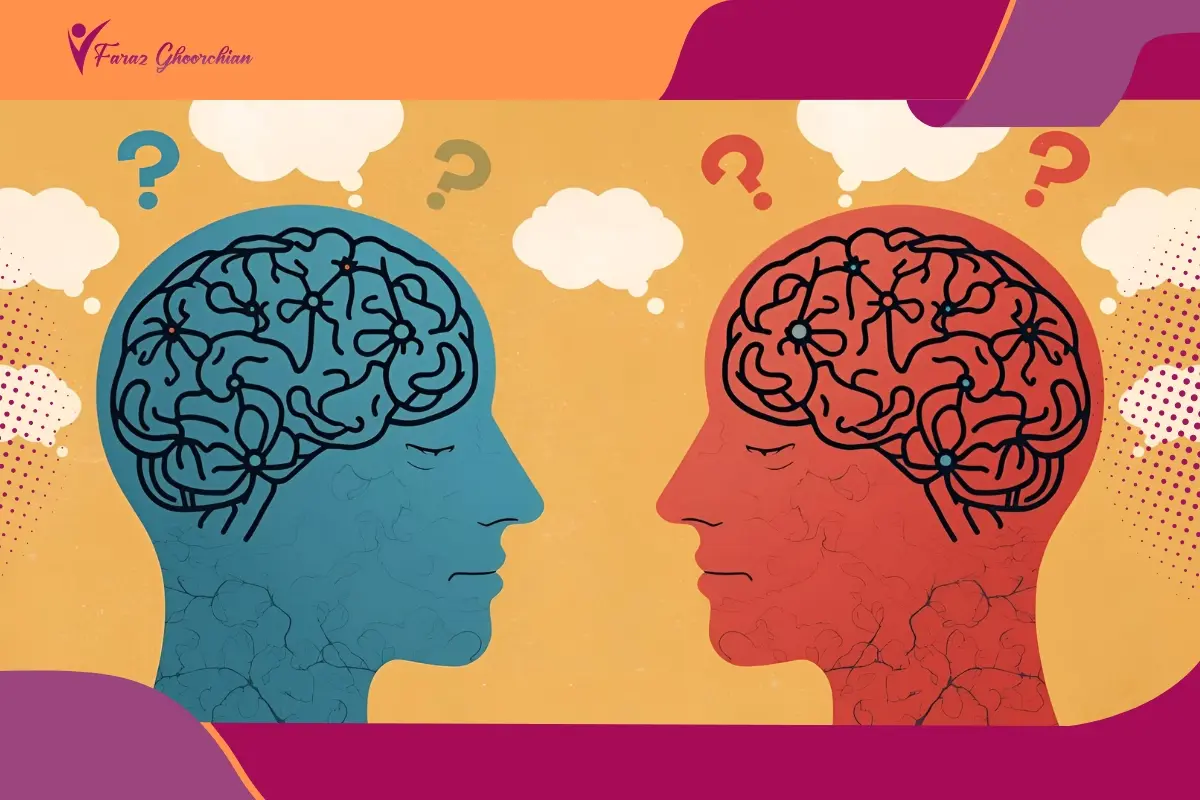Explore the benefits of music for health, brain, learning, and stress, plus therapy uses, school impact, and limits.
Why Music Matters
The benefits of music are practical and measurable. In daily life it helps people start tasks faster, sustain attention during routine work, and reset mood between commitments. Research on the Benefits of music on the brain links steady listening habits to better timing, more reliable focus cues, and a smoother transition into deep work or study.
Health outcomes also support the case. The Health benefits of music include modest improvements in perceived stress, sleep quality, and pain management when playlists are planned and volume stays sensible. Beyond mood, the Music’s effects on the body show up as steadier breathing and slightly lower perceived effort during light exercise. Taken together, music becomes a small, repeatable lever for learning, recovery, and daily calm.
Brain Gains: Attention, Learning, and Plasticity
Across labs and classrooms, the Benefits of music on the brain is clearest in attention control. Predictable rhythm and steady tempo give the mind time cues that reduce task switching and make starts less effortful. Imaging studies trace the effect of music on brain networks involved in timing, prediction, and auditory scene analysis, which explains why simple playlists can anchor deep work. For readers who want the mechanism behind long term change, explore what is brain plasticity in psychology and see how repeated cues consolidate into faster, more reliable focus.
In practice, pairing one task with one short sequence turns sound into a context signal that speeds entry into flow. Over weeks, that routine supports music improving memory through stronger retrieval cues, especially when lyrics are minimal during dense reading. Students and professionals can test a two song start ritual, keep volume moderate, and log results for five sessions. If recall or accuracy rises, keep the protocol; if not, switch genres or try silence so the benefits of music align with the task rather than compete with it.
Body Basics: Heart, Breath, and Recovery
After a tense day, most people feel the shift within a song or two: breaths lengthen, shoulders loosen, and pace steadies. That is Music’s effects on the body in plain view. Slow, predictable rhythms help respiration entrain to tempo, and heart rate variability often improves as arousal settles. In practical routines, these responses translate into easier cooldowns after light exercise and calmer pre-sleep windows. When volume stays below conversation level and tracks avoid sudden spikes, the health benefits extend further; the Health benefits of music commonly include lower perceived effort and smoother transitions into rest.
A simple protocol keeps those gains consistent. Begin recovery with three minutes at 50 to 70 beats per minute, move into five minutes of mid-tempo walking or stretching, then finish with one minute of quiet. Add two minutes of paced exhale and dim the lights. If tension still lingers, review “Effects of Stress on Your Body” and pair the same playlist with gentle evening habits like warm showers or journaling for a reliable nightly reset.
Stress and Emotion: Fast Resets That Actually Work
A short, well-planned routine can lower arousal quickly. Start with a three-track sequence that begins slow, adds a gentle mid-tempo, and finishes neutral. Keep volume below conversation level and breathe out longer than you inhale for the first minute. In clinical and coaching settings, music reduce stress and anxiety when paired with paced breathing and brief imagery. For clients with clear goals and measurable outcomes, Benefits of music therapy appear strongest when a professional tailors tempo, mode, and participation to the situation.
In everyday use, the benefits of music show up as steadier mood and fewer ruminative loops during transitions. People who fear social settings can pair a calming playlist with graded exposure; for stepwise strategies, see how to solve social anxiety. When tasks demand deep focus, lighter textures help attention settle. Findings on the Benefits of music on the brain suggest predictable rhythms act as timing cues, so the same opening song becomes a reliable signal that it is safe to reset and begin.
Studying, Memory, and Retrieval Cues
Students and professionals can turn sound into a reliable study signal. Consistent, low volume instrumentals make the benefits of listening to music while studying show up as smoother starts and fewer stalls between pages. When the same tracks return before quizzes or presentations, the environment matches the original learning context and music improving memory by strengthening cue based recall becomes more likely. If test nerves spike, pair the playlist with two minutes of slow exhale and skim “What is anxiety” to match calming tracks with specific symptoms.
Task fit still matters. For dense problem solving, many perform better in silence, while vocabulary drills and flashcards tolerate light rhythm. Keep lyrics minimal during heavy reading and test a simple A B plan across five sessions. Note accuracy, rereads, and time on task. If results rise, keep the playlist and save it for that subject only. If focus slips, try ambient noise or remove audio entirely so the effect of music on brain networks supports attention rather than competing with working memory.
Students and Classrooms: Routines That Save Minutes
Teachers get more learning time back when sound does the signaling. A two-note chime for “begin,” a brighter loop for “switch,” and a softer cue for “wrap” trims hallway chatter and reduces repeated instructions. In practice, the Benefits of music for students show up as faster settles, smoother transitions, and clearer expectations. Pair cues with a visible timer and a one-line task aim to keep momentum without extra talk.
On the curriculum side, rhythm drills support pacing in reading and turn-taking in groups. Ensemble work builds listening under mild time pressure and gives shy students a safe entry point. Well-designed routines make the benefits of music concrete for behavior and attention. At the systems level, the benefits of music in schools include calmer starts after lunch, fewer reminders during stations, and steadier end-of-class checklists that protect the last minutes for exit tickets.
Education and Lifelong Skills
Great music programs teach more than notes. Rehearsal cycles mirror real project work: plan, attempt, diagnose, adjust, and ship the performance on time. That loop strengthens attention under time pressure and gives quieter students a credible role onstage or in an ensemble. In practice, the advantages of music education cultivate persistence, feedback tolerance, and collaborative timing that carry into labs, clinics, and startups. For learners who need structure, the Benefits of music for students often appear as steadier routines and clearer goals across a semester.
Outside formal classes, these habits generalize. A singer tracking daily scales learns to value small, consistent gains. A drummer who charts metronome tempos sees progress like an athlete does, with metrics and recovery days. Families and community groups notice that the advantages of music include shared milestones and reliable practice rituals. When schools support accessible stages and modest gear, the benefits of music in schools extend into adulthood as durable confidence and teamwork.
Work, Focus, and Productivity
For routine tasks, the benefits of music show up as faster starts and steadier momentum. Teams do well with a fixed “start” track for low-cognitive work, a volume just under conversation level, and a timer that ends when the song does. Roundups of the 10 benefits of listening to music often mention reduced perceived effort and improved mood, which helps people return to inbox triage, labeling, and spreadsheet cleanup without stalling. When pressure keeps building, address root causes too by reviewing consequences of stress at work so sound isn’t masking a workload problem.
Deep work needs a different rule set. Research on the Benefits of music on the brain points to predictability and volume as the real levers, not genre. Use a short reset playlist between meetings, then switch to silence or light ambient for writing, modeling, or design. Keep lyrics out of heavy reasoning, protect ninety-minute focus blocks, and log results for a week. If accuracy rises and edits drop, keep the protocol; if not, adjust tempo or remove sound entirely so the benefits of music support attention rather than compete with it.
Early Childhood and Family Routines
Small, repeatable rituals turn sound into structure at home and in pre-K. Families see the benefits of music in early childhood when simple cues guide transitions, language, and calm without extra screens.
- Morning momentum: One upbeat song for getting dressed, one calmer track for shoes and bags. Keep the same pair daily so kids recognize the cue.
- Mealtime ease: A short instrumental signals handwashing and sitting. Lower volume helps conversation and turn-taking.
- Play to learn: Call-and-response claps, echo singing, and rhythm walks build timing, motor control, and early phonological awareness.
- Reading bridge: A quiet “story song” before books becomes a focus switch that reduces bargaining and settles fidgety bodies.
- Cleanup in two steps: Timer plus a tidy tune turns tasks into a game and shortens negotiations.
- Feelings check-in: Choose three “mood songs.” Let the child pick one, name the feeling, and match a simple action like a hug or a stretch.
- Bedtime wind-down: Keep a 15–20 minute playlist with predictable dynamics, lights dimmed, and no screens to cue sleep readiness.
Therapy, Risks, and Real-World Limits
When music is used as a clinical tool, the plan has to fit the person, not the playlist. Good therapists start with one clear target like easing pain after a procedure, improving gait after a stroke, or settling evening anxiety. They choose tempo, mode, and whether the session is active or receptive, then track simple numbers that matter to the patient: minutes of uninterrupted sleep, steps taken without a stumble, pain ratings before and after. Small, repeatable wins beat vague mood notes every time.
There are boundaries. Loud volumes can fatigue hearing. Complex tracks can pull attention away from hard thinking. Certain songs may open old memories and spike arousal. The fix is not to abandon music, but to set rails: keep volume below conversation level, favor predictable dynamics, and build short sessions with a clear stop cue. If a track consistently tightens the chest or shortens the breath, swap it out and try paced breathing or silence for a week.
In everyday life, let results guide you. Use a brief reset between meetings, a gentle sequence for evening wind down, and quieter rooms for heavy reasoning. Review what actually changed in your sleep, focus, or mood over two weeks. Keep the pieces that help, trim the rest, and revisit the plan monthly so the tool stays useful instead of becoming more noise.
Conclusion
Used with intent, the benefits of music are not abstract. They show up in calmer breathing, sharper starts, steadier study blocks, and smoother wind downs. Evidence on the Benefits of music on the brain points to predictability and volume as the levers that matter most, which is why short, repeatable playlists outperform random background sound. The practical move is simple: match tracks to the task, keep volume below conversation level, and log results for two weeks. If recall, sleep, or focus improves, keep the routine; if not, switch genres or use silence. Treated like any tool, music turns into a reliable protocol for health, learning, and daily performance.











































